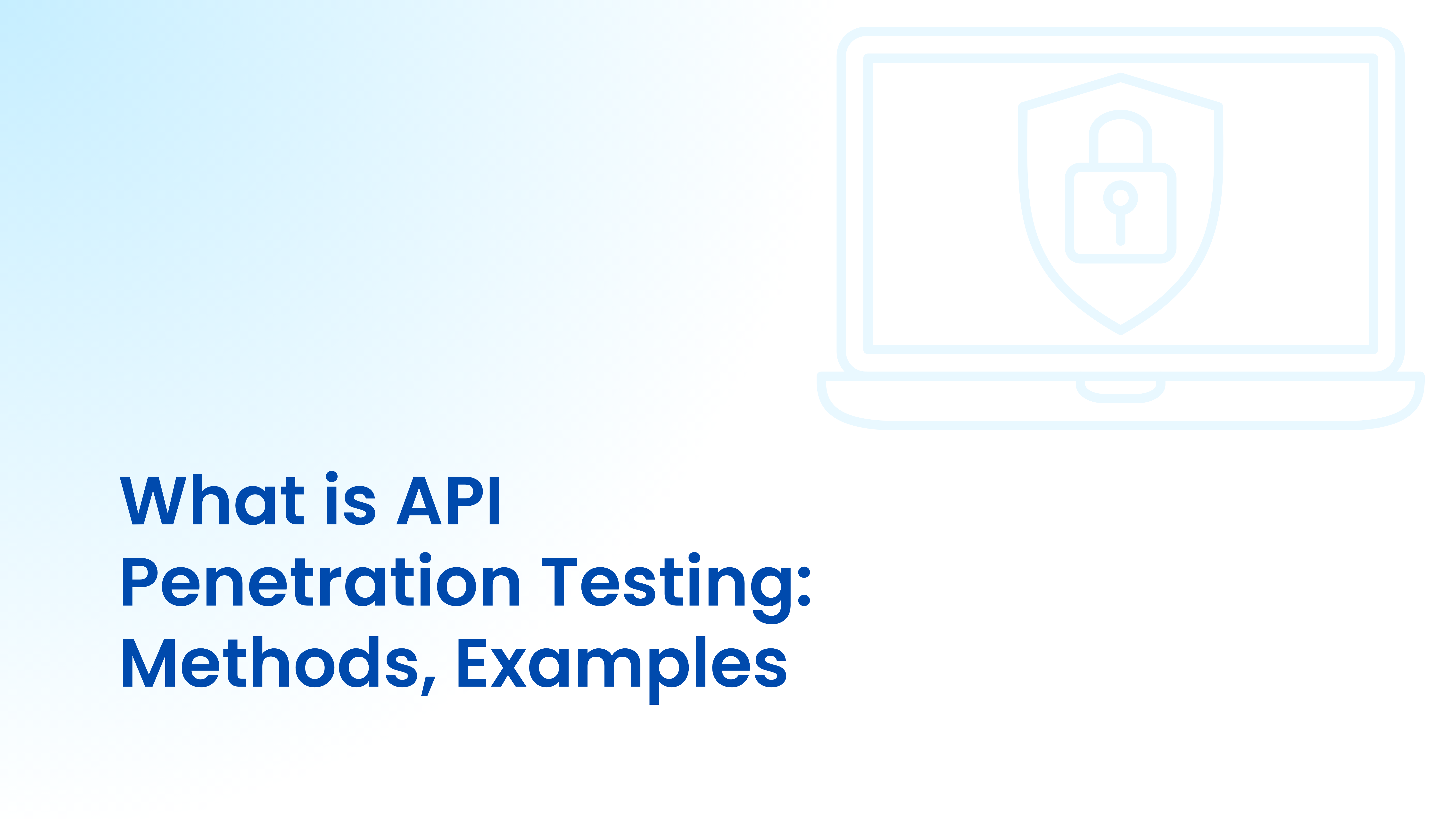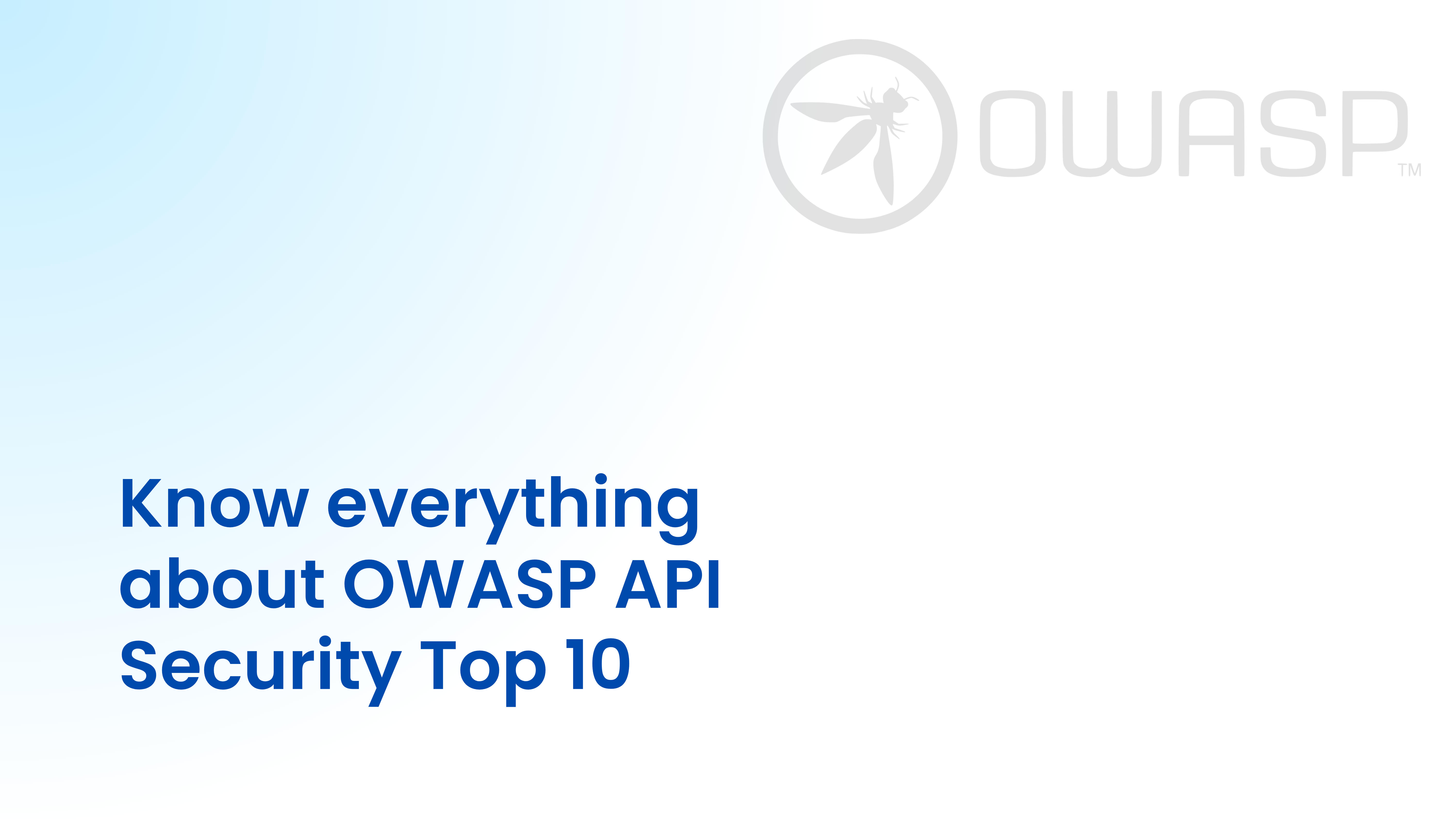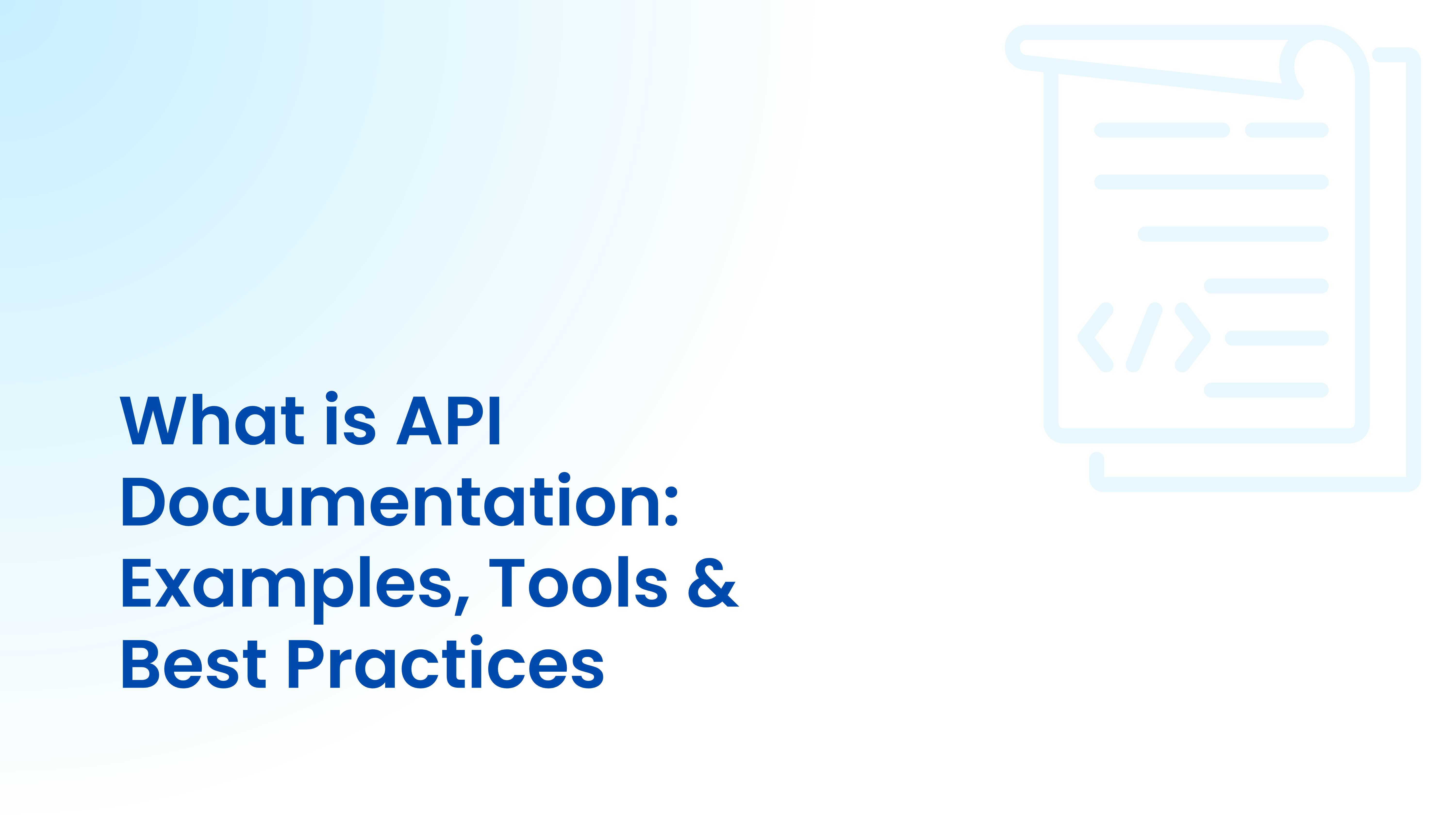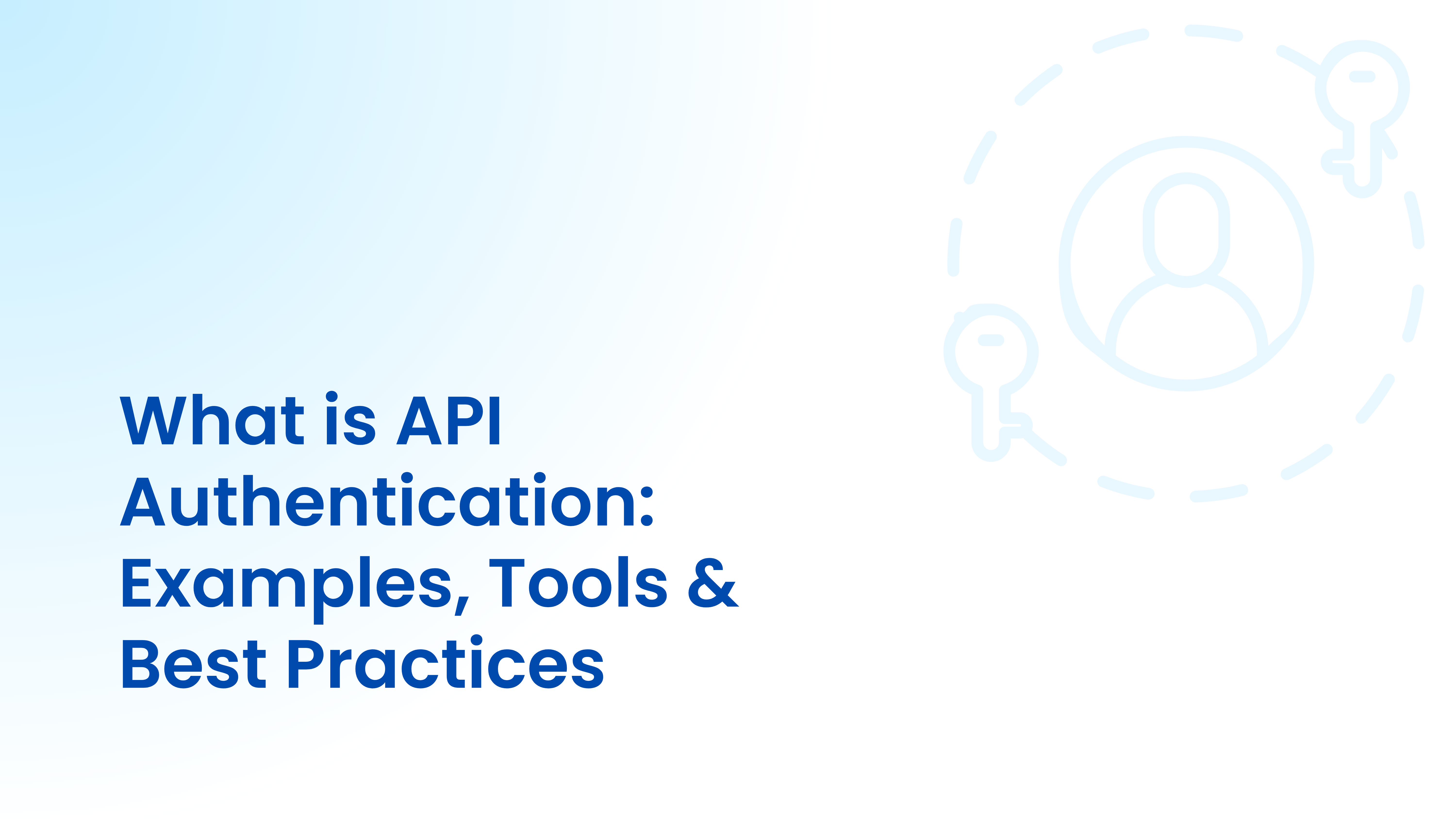From DevOps to DevSecOps – A Shift in Mindset
Over the past decade, DevOps has transformed how software is built and shipped. It shortened development cycles, increased release frequency, and made agility the new normal. But as delivery accelerated, one critical component lagged behind i.e. security.
Today, over 90% of internet-facing applications expose APIs, and more than 70% of security breaches involve APIs. Cloud-native deployments, microservices, and third party integrations have multiplied the number of attack surfaces. Traditional perimeter based models, designed for static environments, simply can’t keep up.
The solution isn’t to slow down, rather it’s to shift security left.
Security can’t remain a gate at the end of development; it must be embedded in every stage of the lifecycle.
That’s what DevSecOps delivers.
It integrates security directly into DevOps workflows, so teams can release software quickly and securely. With the right API Security tools, DevSecOps doesn’t hinder innovation, instead it enables it.
Levo.ai helps teams make this shift with real time API visibility, automated testing, and privacy first observability built directly into CI/CD pipelines.
What is DevSecOps?
DevSecOps is the practice of integrating security into every stage of the software delivery process, from design and coding to deployment and runtime.
Historically, security was handled at the end of development by a separate team. That model created friction, delayed releases, and often uncovered issues too late to fix efficiently. DevSecOps changes this by treating security as a shared responsibility across developers, operations, and security teams.
In a DevSecOps environment, security becomes invisible yet ever-present, which is automated, continuous, and collaborative.
A modern DevSecOps pipeline includes:
- Secure coding and static analysis (SAST) to catch vulnerabilities early
- Automated API and app security testing (DAST, fuzzing) for real world resilience
- Continuous compliance checks for cloud and infrastructure
- Runtime API monitoring for threats, misconfigurations, and behavioral anomalies
DevSecOps is as much about culture as it is about automation. The goal is to reduce risk without slowing delivery. With automation in place, DevSecOps work on the principle of Secure by Design, ensuring that the APIs are secure right from the start. This saves time and cost, preventing any potential vulnerability to slip into production.
Why DevSecOps Matters Now
Modern software doesn’t wait. Teams now push updates daily or even hourly to meet customer demands. But with every deployment, complexity and attack surface grow. By 2025, Gartner estimates that 90% of web applications will expose APIs as their primary attack vector, making traditional, post deployment security models obsolete.
DevSecOps changes that by embedding security into every stage of delivery, ensuring testing, validation, and compliance happen automatically without slowing innovation.
Here’s why it matters now more than ever:
- Shift Left to Cut Cost and Risk: Fixing a flaw in production costs up to 30x more than addressing it in development. Automated checks in CI/CD pipelines catch issues early, before they reach customers or compliance reports.
- Prevent Release Bottlenecks: Continuous security testing removes last minute blockers and helps teams ship faster without trading off safety.
- Bridge Dev, Sec, and Ops: With a shared process and unified visibility, security becomes a team effort rather than a bottleneck.
- Compliance Built In: Predefined checks for SOC 2, HIPAA, and PCI-DSS run automatically, turning compliance into an ongoing assurance instead of an annual scramble.
- Protect APIs, the New Frontline: APIs now drive over 90% of digital traffic, yet most breaches still stem from weak or untested interfaces. DevSecOps ensures every API is continuously tested, hardened, and monitored.
Core Principles of DevSecOps
DevSecOps isn’t just DevOps with security tools added on top. It’s a mindset shift that builds security into every step of software delivery, from code to production. At its core, it’s about automation, collaboration, and accountability.
Here are the six principles that define DevSecOps:
1. Security as Code
Security isn’t a checklist; it’s part of the codebase. Policies, scans, and fixes are versioned just like software, ensuring every environment stays consistent and auditable.
2. Shift Left, Automate Always
Security testing belongs in pull requests and build pipelines, not after deployment. Automation ensures vulnerabilities are caught early and fixed quickly.
3. Continuous Monitoring and Feedback
Security doesn’t stop at release. Real-time visibility helps teams detect misconfigurations, drift, or new threats before they cause damage.
4. Risk-Based Prioritization
Not every issue is equal. Focus on the vulnerabilities that impact sensitive data, exposed APIs, or core business logic first.
5. Collaboration Across Teams
DevSecOps only works when developers, operations, and security teams share ownership. Common tools and transparent workflows keep everyone aligned.
6. Compliance by Default
Regulatory readiness shouldn’t slow delivery. Map controls directly to standards like ISO 27001, SOC 2, and GDPR so compliance happens automatically.
DevSecOps vs Traditional AppSec
Traditional AppSec models were built for slower, waterfall-style development. They worked when releases were infrequent and monolithic. Today, they don’t scale.
Core Components of a DevSecOps Toolchain
A mature DevSecOps stack automates protection across every layer i.e. code, infrastructure, APIs, and runtime.
To implement DevSecOps effectively, organizations need a cohesive toolchain that embeds security throughout development and deployment:
- Secure Code Analysis (SAST ): Detect vulnerabilities early in source code.
- Dependency and SBOM Scanning (SCA): Identify risks in third party libraries; over 80% of modern apps depend on open source.
- Dynamic Application Testing (DAST): Simulate real world attacks before release.
- Infrastructure as Code (IaC) Security: Catch cloud misconfigurations before deployment.
- API Security Testing and Monitoring: Detect runtime vulnerabilities and logic flaws (Levo.ai excels here).
- Secrets and Credential Management: Keep tokens and passwords secure with vaults and secret scanners.
- Continuous Threat Detection: Use runtime tools like RASP or eBPF-based monitoring for live protection.
- Alerting and Incident Response: Integrate alerts with systems like Jira, PagerDuty, or Slack for faster triage.
How Levo.ai Strengthens DevSecOps
In DevSecOps, security can’t lag behind delivery speed. Levo.ai brings security up to the same velocity as code by integrating continuous API protection directly into development, testing, and production without slowing teams down.
1. API Discovery and Inventory
Levo automatically uncovers every API in your environment, including internal, partner, and shadow APIs across clouds and clusters. It keeps your inventory accurate in real time and eliminates hidden attack surfaces.
2. Pre Deployment Testing
Built into CI/CD pipelines, Levo scans APIs for authentication flaws, schema drift, and misconfigurations before code ships. This helps teams catch and fix vulnerabilities early, reducing production risks and rework.
3. Post Deployment Monitoring
Using lightweight eBPF sensors, Levo continuously monitors live traffic without proxies or agents. It detects anomalies, access violations, and performance degradation in real time with zero latency overhead.
4. Continuous Threat Detection
Static scanners stop at known flaws. Levo goes further by spotting behavioral anomalies such as privilege escalation, logic abuse, or sensitive data exposure. AI-driven insights prioritize what truly matters so teams can focus on the biggest risks first.
5. Zero Data Architecture
Levo is built for privacy. It never ingests full payloads or stores sensitive data, keeping PII, PHI, and PCI information within your environment. Compliance with GDPR, HIPAA, and SOC 2 comes built in by design.
6. Developer Security Alignment
Levo bridges the gap between security and engineering. Unified dashboards, contextual alerts, and actionable insights keep both teams in sync, reducing noise, accelerating remediation, and strengthening overall resilience.
Levo.ai turns DevSecOps from an aspiration into an operational reality where speed and security move together continuously.
Best Practices for Implementing DevSecOps Strategy Successfully
DevSecOps works best when security fades into the background, embedded in every stage of delivery without slowing innovation. The goal is to make protection continuous, context-aware, and effortless for developers and operations alike. Here’s how to get it right:
- Shift Security Left: Start early. Automate static code analysis, API validation, and dependency scanning during development to catch risks before they scale.
- Treat APIs as First Class Assets: Keep a real-time inventory of all APIs, including internal and shadow ones. You can’t secure what you don’t know exists.
- Automate Wherever Possible: Integrate automated schema validation, rate-limit testing, and data exposure checks directly into your CI/CD pipelines.
- Monitor in Production: Testing stops at deployment; security shouldn’t. Continuously monitor runtime traffic for anomalies and evolving threats.
- Prioritize Risks by Context: Not all vulnerabilities are equal. Focus on the ones tied to sensitive data, business critical APIs, or public exposure.
- Foster Cross Team Collaboration: Break silos. Shared dashboards and contextual alerts keep Dev, Sec, and Ops aligned and responsive.
- Avoid Alert Fatigue: Reduce noise. Use intelligent alerting and context enrichment to surface only what’s actionable.
- Adopt a Privacy First Approach: Choose security platforms that preserve visibility without exposing sensitive data, privacy should be built in, not bolted on.
The Way Forward: Secure Velocity at Scale
DevSecOps is the new foundation of modern software delivery. With organizations adopting microservices, APIs, and continuous deployment, speed alone is not enough. Security must evolve at the same pace as development.
That shift requires a few non-negotiables. Security needs to scale with development velocity. Observability must extend beyond infrastructure to include APIs, the real application layer. Testing should move from periodic scans to continuous validation. Privacy and compliance must stay built in from the start, not patched on later.
Levo.ai enables this new reality. It integrates real time API visibility, automated testing, and passive monitoring into a single, seamless platform. Its eBPF-powered architecture delivers pre encryption visibility, continuous posture checks, and policy driven governance across thousands of APIs without latency or data ingestion. Levo aligns with CI/CD pipelines, helping teams detect, prioritize, and remediate risks automatically as code moves from development to production.
Whether you are modernizing a legacy stack or scaling across hybrid and multi cloud environments, DevSecOps with Levo.ai ensures every release ships secure, compliant, and production-ready, proving that speed and security can finally move together.
Ready to make security as agile as your code?
See how Levo.ai brings continuous API visibility, testing, and monitoring into your DevSecOps pipeline, without slowing delivery.
Book a demo today to secure every release from development to production with zero friction.







